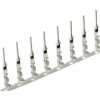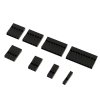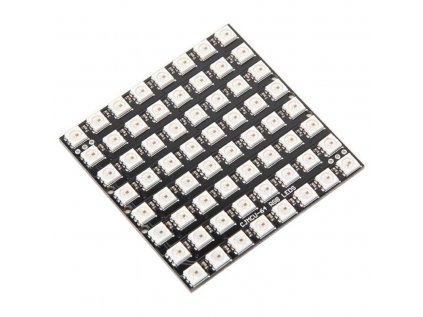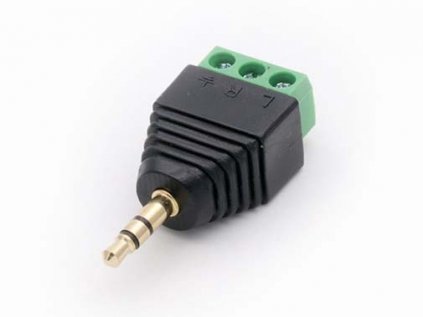Electronic Components
Electronic components are the building blocks for IoT projects. Each type of component plays a specific role and purpose in the development and implementation of applications and projects. Want to learn more about electronic components? Check out our blog, where we have an article — Electronic Components: Types and Uses.
-
 Resistors
Resistors
-
 Capacitors
Capacitors
-
 Semiconductors
Semiconductors
-
 Optocomponents and LEDs
Optocomponents and LEDs
-
 Switches & Buttons
Switches & Buttons
-
 Connectors
Connectors
-
 Others
Others
-
 Electromechanical components
Electromechanical components
Bestsellers
Capacitors store and release electrical energy. They are used for smoothing voltage spikes, filtering noise in power circuits, and in some cases, for energy storage.
Semiconductors, such as transistors and integrated circuits, are the foundation of modern electronics. In IoT, transistors are used for switching and amplifying signals. Integrated circuits may include microcontrollers, memories, sensors, and other functions.
Optoelectronic Components and LEDs
Optoelectronic components, such as photoresistors, photodiodes, and optocouplers, respond to light, which is useful for creating light sensors or for optical isolation. LEDs (light-emitting diodes) are commonly used for status indication or as part of user interfaces.
Switches and buttons are mechanical components that allow users to interact with electronic devices. In IoT projects, they can be used for control, setting, or resetting devices.
Connectors enable easy and secure connection and disconnection of components and devices.
Electromechanical components, such as relays, are used to convert electrical signals into mechanical movements or vice versa. They are key for controlling larger mechanical systems, such as automated control of valves, drives, or robotic components
























